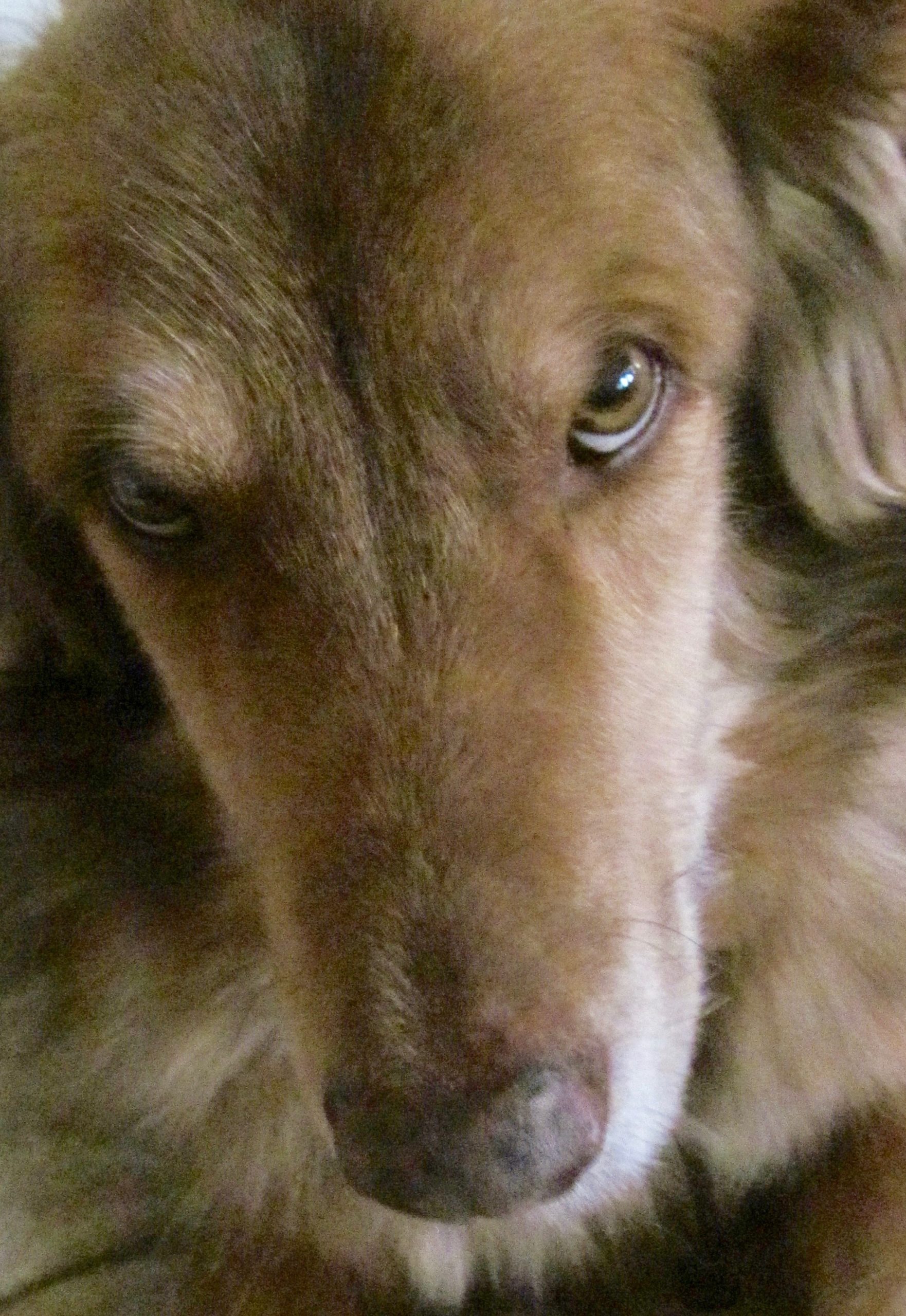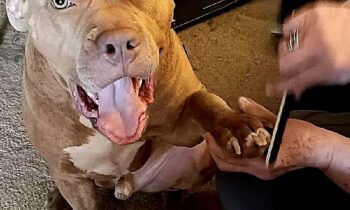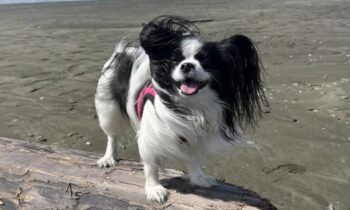
Windstorm in a pandemic? It was a first for me. I imagine it was a first for almost everyone who experienced it. I bet we’d all agree: it was not fun. When the 70-mile-an-hour winds whipped through our neighborhoods last Wednesday, how could we not be frightened? It was the worst windstorm most of us could ever have imagined. We heard our houses shaking under the assault. We saw the branches flying off the trees outside. The wind went on forever. Would it ever stop?
It had been predicted, so it’s not as if we weren’t prepared.
We did not know, however, once that awful wind died down, what would happen next. For some, the loss of power was brief, a couple of hours for the most fortunate. For others, like me and many of my neighbors, a look outside told us what to expect: it could be days before our power would be restored. There was so much damage, how could it be otherwise? We hunkered down.
To wait.
It’s all you can do, when your power’s out. We had little information. Cell coverage was spotty, intermittent, or non-existent. My neighbors had no phones working that first day when the wind stopped. My cell had crapped out, too. We speculated, meeting in small groups on the sidewalks. Many on my block are veterans of much less vicious windstorms and weather events; some of us have gone through worse. My personal record includes 11 days without power after the infamous Ice Storm in the 1990s. I’ve tried to add up a total number of days—and worse, nights—without power in my current residence for over 30 years. I come up with well over two weeks, closer to three.
You wait.
Our radios informed us finally of what our good sense had indicated—the power might be restored by Sunday. It seemed reasonable, when we could see the damage around us and when we learned what other neighborhoods had sustained. Then we heard the horror stories. Within a few blocks from my home, on a street much like mine, a tree had fallen on a car passing through. The woman driving the car had been killed. Yes, that’s right: a neighbor dead from a falling tree, not far from where I was.
You worry.
You could leave. If your home is damaged to the point of danger, you do leave—no matter what. There may be friends and family who have no damage, who still have power, a generator, gas stove, or fireplace. In normal times, they’d take you in, they’d welcome you . . . but these are not normal times. In a pandemic, you’ve got to think Do I dare break quarantine? You’ve got to wonder What will be most safe? If you’re alone, maybe you can answer this question only for yourself, but even then, you’ve got to consider any other humans with whom your choices might bring you in contact.
You wonder.
If you’re not alone, you have your entire “pod” of humans about whom you must be concerned. It’s not a question of “What do I do right now?” It’s a question of “What consequences will my actions right now have in the near future?” You work that all out, presumably with the other adults in your “bubble”—if you have the ability to contact them, that is. In my case, with a kaput cell, I wasn’t able to contact family who live elsewhere until the second day without power. (Accomplishing that alone was a huge morale booster in my case. I knew people would be worried; I wanted them to know we were okay.)

Photo by Val Hughes
We were okay.
There had been much warning about the possible severity of the predicted winds. The storm had just swept across our state, so we saw its power before it hit us. I’d already ticked all the boxes on my mental winter-preparedness list of food, drink, and household necessities. We had enough if snow kept us from shopping for a few weeks.
But no snow, thank goodness. Instead, we got wind and a power outage. I now know I should have stocked lots more batteries and far more potty pads.
More potty pads?
No, silly, not for me!
I have three pets.
My job for the duration of the power outage:
Keep my pets alive and healthy and safe.
To do that job, I had to stay alive myself, too.
That meant being careful—even in the dark.
I am proud to say that I managed not to do anything awfully idiotic for the duration. I do have a short list of self-induced safety issues with which I intend to deal as soon as possible. On that list, for example, is a safer pair of winter slippers. It doesn’t seem like much, right? It will be, I’m sure.
I’ve been through every power outage here in over 30 years—with pets. In 2015, due to wind damage, the power in my neighborhood was out for five days. One of the pets then was my golden retriever, age 15, in what amounted to doggy hospice resulting from failing kidneys. He lacked some energy but was leading an almost normal life except for a decreased interest in food. I was hand-feeding him, with which he cooperated almost fully. He was a good patient. He was a great dog.
He was continent, okay with navigating stairs, easily able at that point to “do his business” outside and to move around the house, even in the dark—he’d lived here all his life. In fact, my big concern with him at the time of the power outage was how to keep him warm. I knew that being cold could not possibly be good for him in his general condition. I had to keep him eating, keep him hydrated, and keep him warm. He’d been a spooning snuggler since he was a puppy, so getting him to position himself right next to me as directed wasn’t difficult. Then I’d cover him with blankets, too. We shared body heat in what I still call a “bed burrito” made up of many blankets, with us underneath.
It worked. We got through it together.
I faced a similar situation again this time.
I have another dog in “hospice” care.
She is going on 19 years old.
She weighs five pounds. She’s deaf, blind, incontinent—but no dog dementia that I can perceive. She’s remarkably tough, probably because she’s half terrier. She’s fully mobile but doesn’t do stairs. I carry her. I came up with a “potty place” for her on our screened back porch just before the first snow fell here and it’s worked out remarkably well as an alternative to a snowy or icy back yard.
I honestly didn’t imagine, in the fall, that she’d still be here in winter.
There’s nothing about her that can be fixed. She is just simply old.
I was determined to keep her on her regular schedule, which I already felt was important. That meant paying attention to the clock—I’ve got one with a battery! I switched up her evening meal’s time to earlier so that I could feed her and my big dog while it was still light, making that easier for all of us. She is an eager eater and, luckily, she showed no signs of slowing down even when the meal was cold. Eating is critical for her because her food is soaked in water so she gets the hydration she needs.
With food and water consumed on schedule, elimination continued normally as well—all good. She was living her normal life in a quickly cooling house. My next challenge was to figure out how to keep her warm, all day and all night. In another situation, I might have opted for dressing her in doggy clothes, a warm jacket, a fleece hoodie (she owns lots of outfits), but . . . she is completely incontinent. I could not think that sitting around in wet clothing in the cold was going to help. It might hurt.
I already knew the value of wrapping a dog crate in blankets on the outside, which allows the dog’s own body heat to warm the inside of the kennel and the covering to retain that heat. It was a simple principle, not unlike my own bed burrito. I believed it might work for the small dog. It might save her life. I could keep everything else for her normal; I just had to warm her up.
I moved her to her smallest crate, one I use to transport her in the car. I knew she had no chance of “heating up” the much bigger crate in which she usually slept. She’s entirely too tiny! The littlest crate has ventilation on the sides and the door; it’s even grated on the top. I wrapped it in several layers of thick towels, tucking the towels under it and tightly around it. Then I lifted the many covers on one side of my bed burrito and shoved the little kennel in its towel wrapping under those covers, pulling the covers closely around the entire kennel. For the first hours, I’d check her every hour as I wasn’t at all sure there was enough air in there for her to breathe. There was. She was fine.
She wasn’t just fine—she was WARM!
Her body was hot to the touch every time.
I took her out regularly to remove the wet potty pad. I would towel her feet and any part of her sad remaining fur (I trim her for cleanliness) that needed drying, then either take her to a meal or, if it was still sleeping time, put in a fresh potty pad and return her to her warm little spot. She became her own best furnace, that tiny rascal of a dog. Now you know why I needed potty pads, endlessly.
It worked. The tiny hospice dog is still alive.
I’ll document later, I hope, all the amazing things I learned from that tiny dog during our days without power this time around. I hope that the rest of her time with us is more normal, less perilous. I know she won’t be around forever, not here beside us, telling us in her terrier manner that she’s okay but a bit pissed. I’ll not forget that tone and what she’s taught me. I know how a terrier thinks I should act.
The other two pets were both stellar in cooperation.
I cannot overstate the importance of accustoming a dog to being crated. I am happy to say that my big dog accepted being crated in a kennel wrapped in blankets without complaint for the better part of four days. He’s a groaner, too, but I heard not one single groan the entire time. I can’t say that I think he “understood.” I don’t know what he was thinking. I do know how he behaved and, frankly, if you’ve gotta go through a power outage with somebody who’s a team player, I’ll definitely recommend my dog. I can imagine how annoying a dog with a bad attitude could have been instead.
The cat?
The cat, too, gets high marks, especially as a heat source!
She’d invented the “under the covers” routine herself long ago. I don’t remember how it started but, like many cats, she’s always had an interest in blankets, especially being under them when I was making the bed. It seemed only natural that eventually she would poke her head under to join me when I was under those covers already. She discovered for herself the results of crawling under and we’ve practiced the behavior frequently ever since. It was easy to get her started thinking about getting “under” once I had constructed my bed burrito and I was in it. Then . . . warmth!
The cat continued to cooperate completely by crawling under the covers to snuggle up against me every time I invited her. She also comes when she is called, and that was an added convenience! I highly recommend that anyone with a cat who likes being under covers might consider putting that behavior, as we say, “on cue”—for fun . . . and just in case you ever need it when the power’s out!
What do the pets “think”? I do not not know, but I will tell you: my cat was on her favorite floor vent within minutes when the heat finally came on. She camped out there for hours afterward! My big dog, on the other hand, got crazy exactly one second after I jumped out of my bed burrito when the phone beeped on. He ran around in circles, raced down the stairs to look out the front door, and galloped outside for a short visit to the back yard. He got extra biscuits when he came in. We celebrated.
How did your pets do without power?
Could they have cooperated better?
What could they learn for the future?
How can you teach them those skills?
I hope that you and yours are all safe and healthy now that it’s over.



